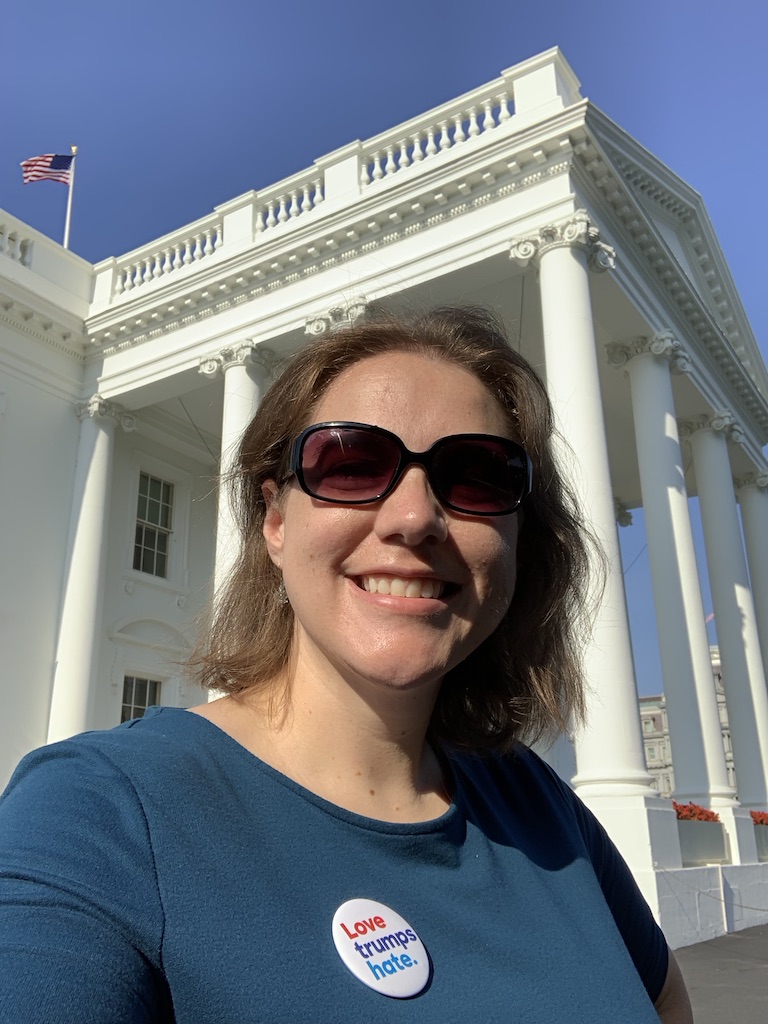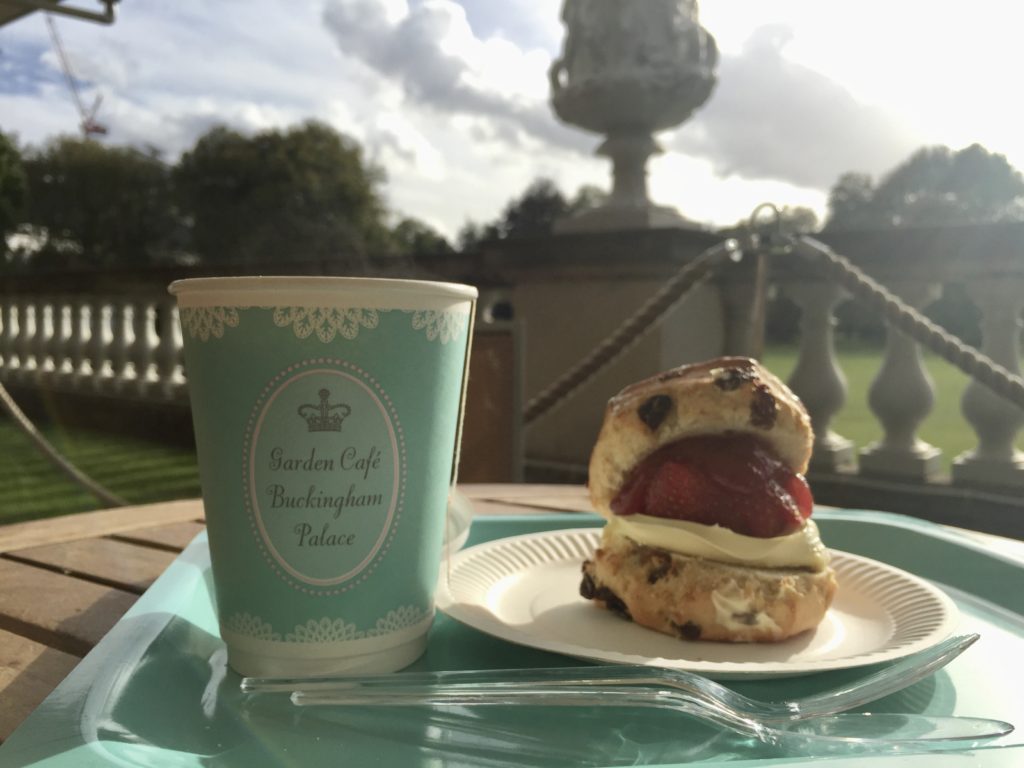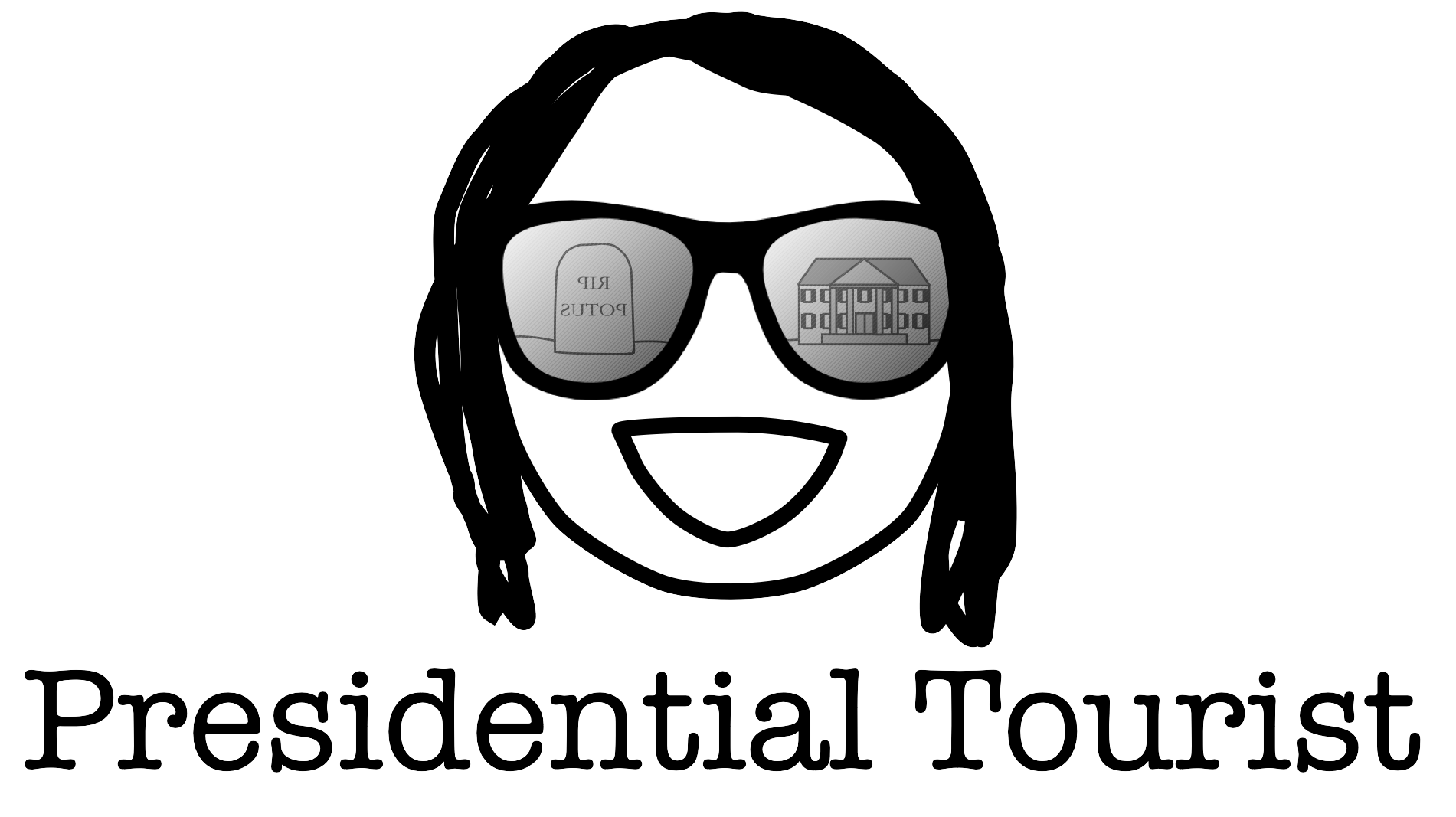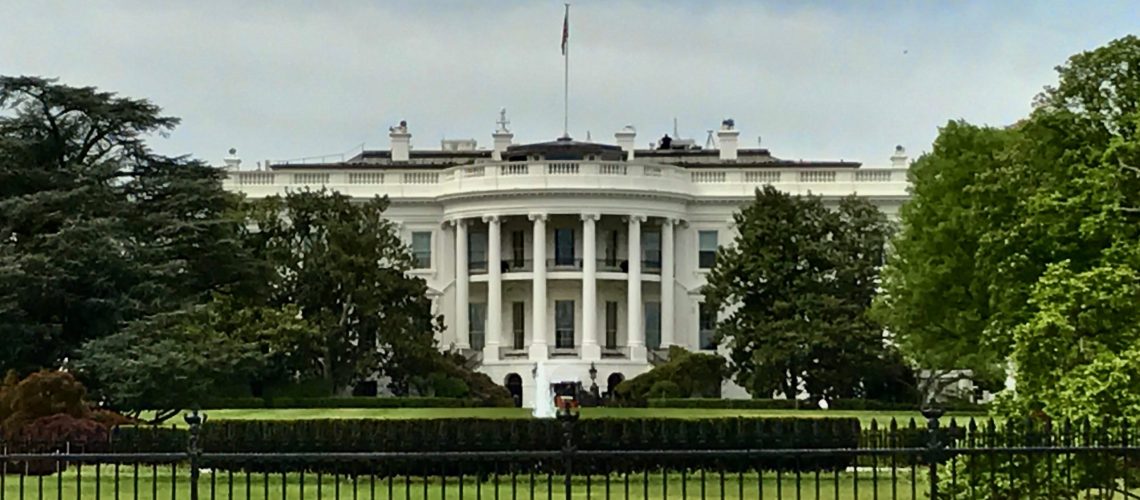Somehow, it took this Presidential Tourist until last year to visit the most Presidential Historyest of all Presidential History sites.
| President | All of them except for George Washington |
| Location | Washington, DC |
| Operated By | National Parks Service |
| When Visited | July 20, 2019 |
| Who With | My friend, Sara |
| Presidential Significance | It’s the freakin’ White House. |
| Pre-Visit Reading | The White House is covered in so many books I’ve read that there’s no point in listing them. I will give a special shout-out to The Residence: Inside the Private World of the White House by Kate Anderson Brower as being the book I’ve read that is most focused specifically on the White House. |
I started out 2020 by resolving to post on this site once every two weeks, which I totally kept up with…for two months. Since then, COVID-19 and the constant changes that came along with it proved to be quite the distraction (especially since I work at a hospital) and my little personal blog about my Presidential history adventures fell by the wayside, as did my Presidential history adventures themselves. Thanks, COVID!
Last summer, Facebook started sending me rude reminders that, a year prior, I was enjoying a visit to one of my favorite cities, Washington DC. My friend and I had planned a trip around a live podcast taping in a crowed DAR Constitution Hall. We met up with my brother and sister-in-law for brunch at a restaurant where they didn’t space out the tables and no one even thought of wearing a mask, then headed over to a crowded Smithsonian Museum of Natural History to check out the recently-reopened dinosaur exhibit (and of course, my favorite thing there, the giraffe skeleton). And, completely foreign and unthinkable considering today’s reality, my friend, brother, and I crowded in with thousands of people on the National Mall for an awesome multimedia show involving video screens and projects on the Washington Monument to commemorate the 60th anniversary of the moon landing.
Another thing we did in 2019 year that wasn’t so possible in 2020 was tour the White House. White House tours were suspended or reduced for much of 2020 due to, you guessed it, COVID-19. This tidbit was not referenced at the time, however, on the official White House tour page. I guess I’m not the only one who was a bit lazy about updating their website during the pandemic.
Before I continue, I feel like I should address the fact that, while I have at times alluded to my own political beliefs in some of my posts, the purpose of this blog is to celebrate adventures into the rich world of Presidential history and not get partisan. So in that spirit, I will withhold my thoughts about the man who was President at the time of my visit (who was fortunately 200+ miles away at his golf resort in Bedminster, New Jersey that day – I checked), and of the Congressman that represents my district, whose office we had to go through to obtain the tickets. I will acknowledge though that, inspired by people I’d seen in the past queuing up for the tour in MAGA gear, I did sport a single piece of Trump flair I’d obtained during the 2016 race (albeit from a competing campaign). So there’s that.
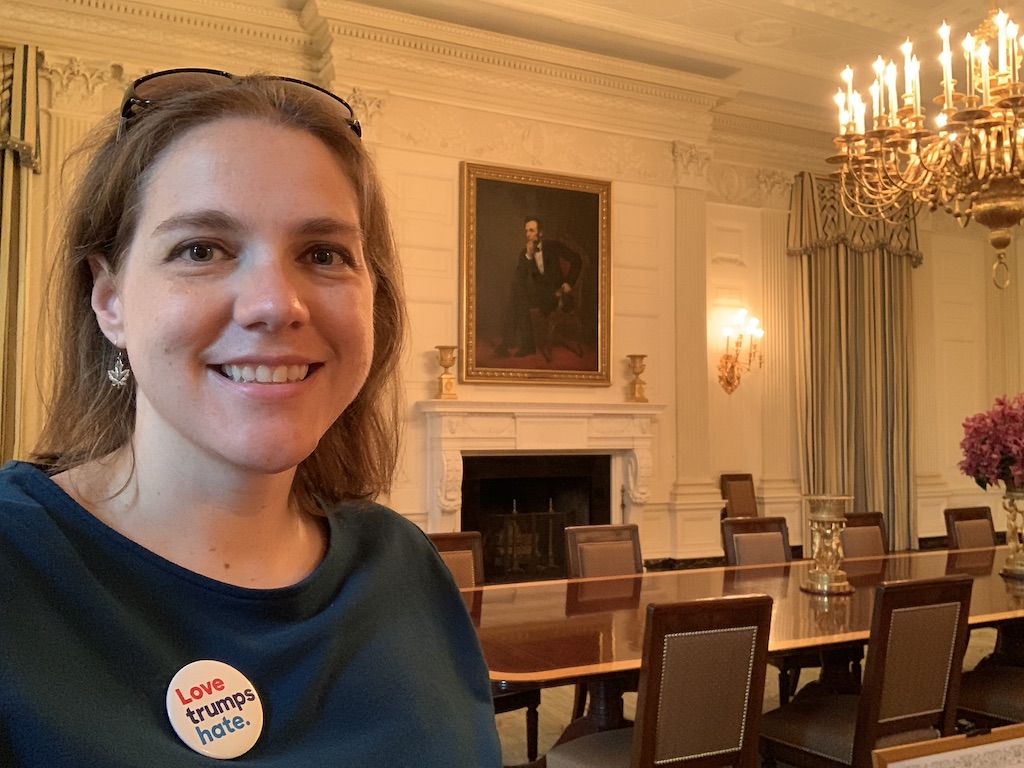
Obviously, I don’t need to go into too much detail about why the White House is significant from a historical perspective. As everyone knows, it was, of course, the inspiration for the setting of one of my all-time favorite TV shows, the West Wing. In addition, nearly every US President has lived here.
The White House was built specifically to be the home and workplace of the President. It was completed (or at least completed enough for residency) in 1800, and John Adams, was the first to move in. At the time, the city of Washington was still establishing itself and was, to put it nicely, a dump. The White House wasn’t too grand at that point either, but over the years both the city and the structure have come into their own.
It didn’t happen on day one, but at some point, the building began to be called “the White House.” I’ve seen the Obama-era version of the Hall of Presidents at Disney World way too many times for my brain to not automatically recite the following narration in the smooth voice of Morgan Freeman:
We called him “Teddy”—anything else would have been far too formal. He even refused to call his official residence the Executive Mansion. To him, it was just a house—it was just a White House. And so it would always be called.
While this isn’t exactly untrue, it’s not the whole truth either. Yes, Theodore Roosevelt’s tenure was when “The White House” really became the formal name of the building, but TR didn’t coin the phrase. It had been in use for decades.
I was recently reading a book where “White House” was used during the John Quincy Adams administration. It stated that folks had started calling the President’s house “the White House” after it was painted white when it was rebuilt after the British burned it in 1814. Again, not quite. While it was true it was painted white after the fire, it is also true that it had been painted white before the fire as well. Documents exist showing that at least some people were informally using this moniker to refer to the executive mansion a few years prior to the fire. But whenever the name first appeared, it’s definitively the White House now.
The White House (or whatever they might have called it at the time) has been the primary dwelling for all Presidents for the past 220 years, but not all Presidents lived there all the time. Back before air conditioning made things more bearable, it was not uncommon for Presidents to escape the hot, humid, DC summers by setting up a “Summer White House” elsewhere for a few months. Other Presidents have had to move to alternative housing for a while due to large-scale restoration efforts.
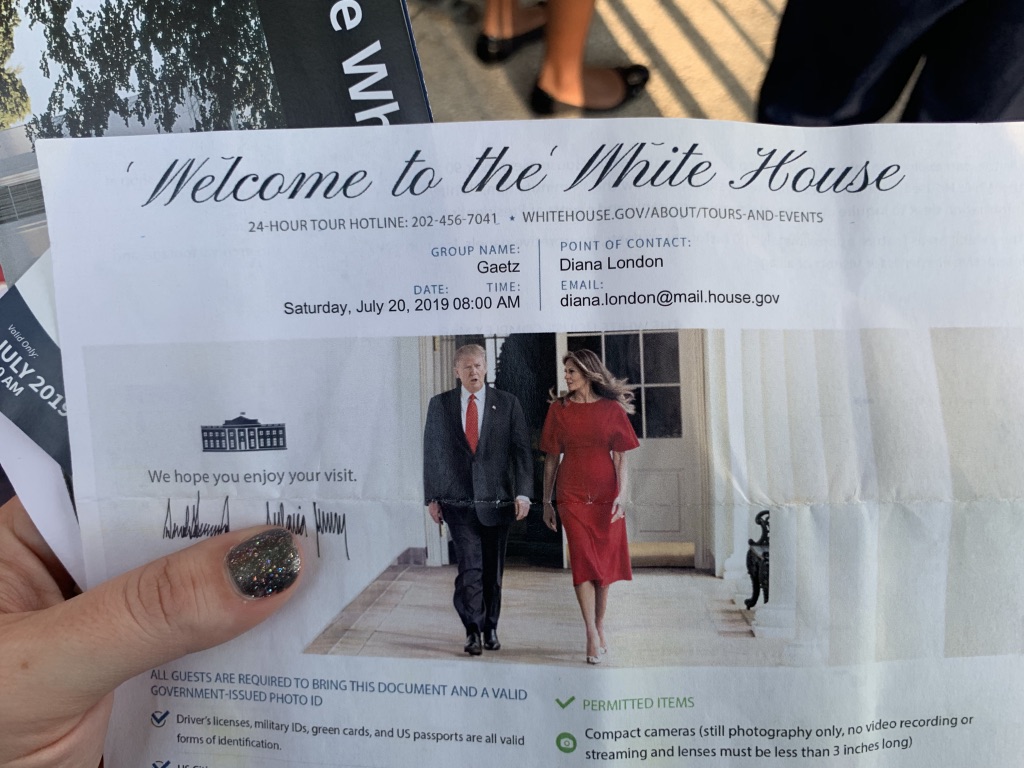
During some early administrations, anyone who wanted to could just mosey on up to the White House and be admitted, maybe even see the President, without any advanced arrangements. These days, to visit the White House you have to submit a request through your Member of Congress ahead of time (at least three weeks, but up to three months out). My friend Sara handled this part so I can’t speak much to the process, except to say at one point I had to give her my SSN for the background check they perform on each visitor. I must have passed, because shortly before our trip we got confirmation we were in!
When it was go-time, we queued up in a designated spot near the intersection of 15th St and Hamilton St, a couple blocks from the house itself. I had seen people lined up here many times before on prior visits to DC, but this time I was going to be a part of it.
The queue starts on the public street but then weaves its way through the South Lawn. During this phase someone makes sure you actually have tickets and aren’t just some rando. Eventually you get to a tent where they do some security checking. On the July morning we were there, it was already hot out at 8:00 AM (no wonder so many Presidents skipped town in the summer), so I was happy to get to the tent where there was at least a fan and some shade.
It’s been well over a year, so I’m a little hazy on the exact details. But to the best of my recollection, you have to go through one security check in the tent and then a second one, I think in a permanent building. The first one is to verify your group’s ticket against the reservation system, and the second one is to confirm your individual identity and look up your background check status on a computer. I think. But I do know for sure that there was, of course, a metal detector and x-ray machine for whatever items you brought with you. Eventually, you get to enter the White House itself by way of the East Wing.
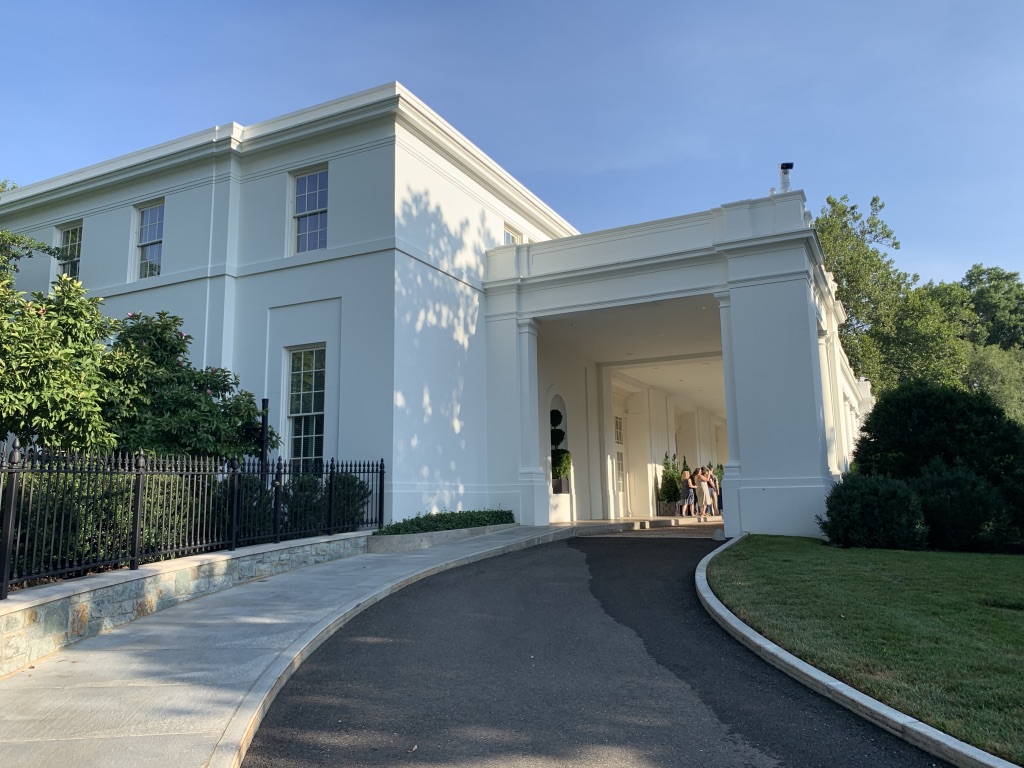
Before I go into what you see on the public tour, I’ll go ahead and cover the key things that are NOT part of the tour. First off, the tour doesn’t include the West Wing, so you’re not getting anywhere near the Oval Office. You also don’t get to see the First Family’s private residence, or, perhaps most sadly, the White House bowling alley.
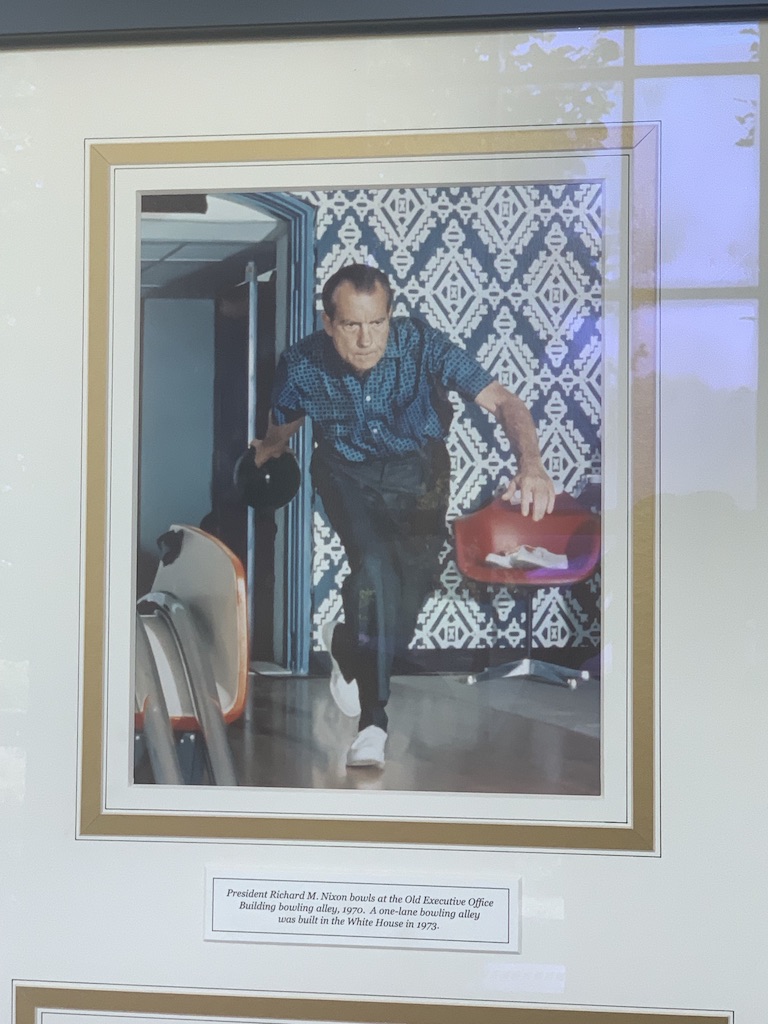
Starting off in the East Wing, you follow a prescribed route at your own pace. For the first half of the tour, you are pretty much walking down a big hallway where you can peek into certain roped-off rooms or at different pictures or other items on display. Following that, you walk through some of the more iconic rooms and they you’re out the back door. It’s self-guided, so there’s no tour guide, which of course has it’s plusses and minuses.
I really don’t have a lot to say about the first half of the tour. It’s basically just filler until you get to the payoff in the second half. But please enjoy the following examples of my non-flash photography from that part of the tour:
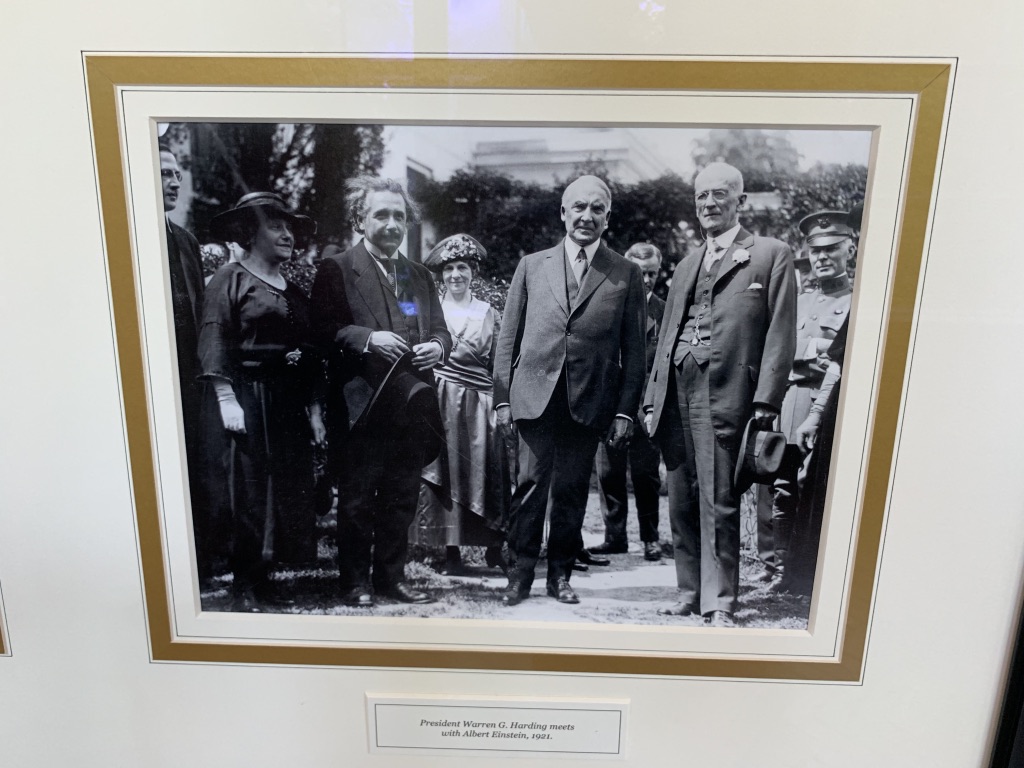
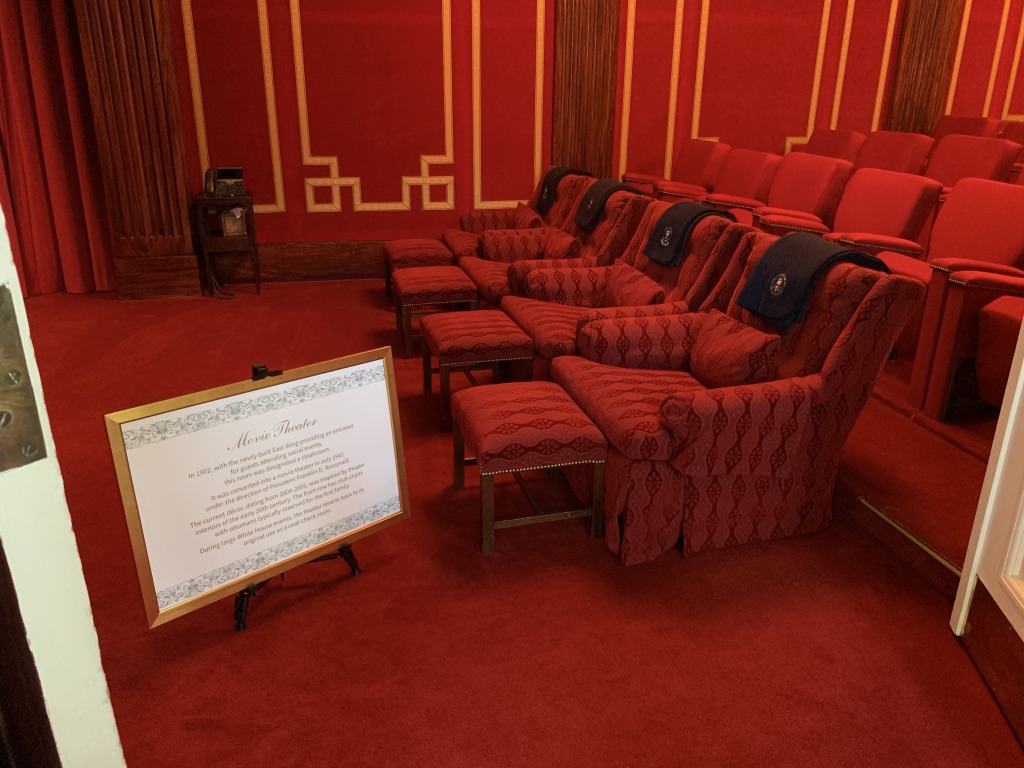
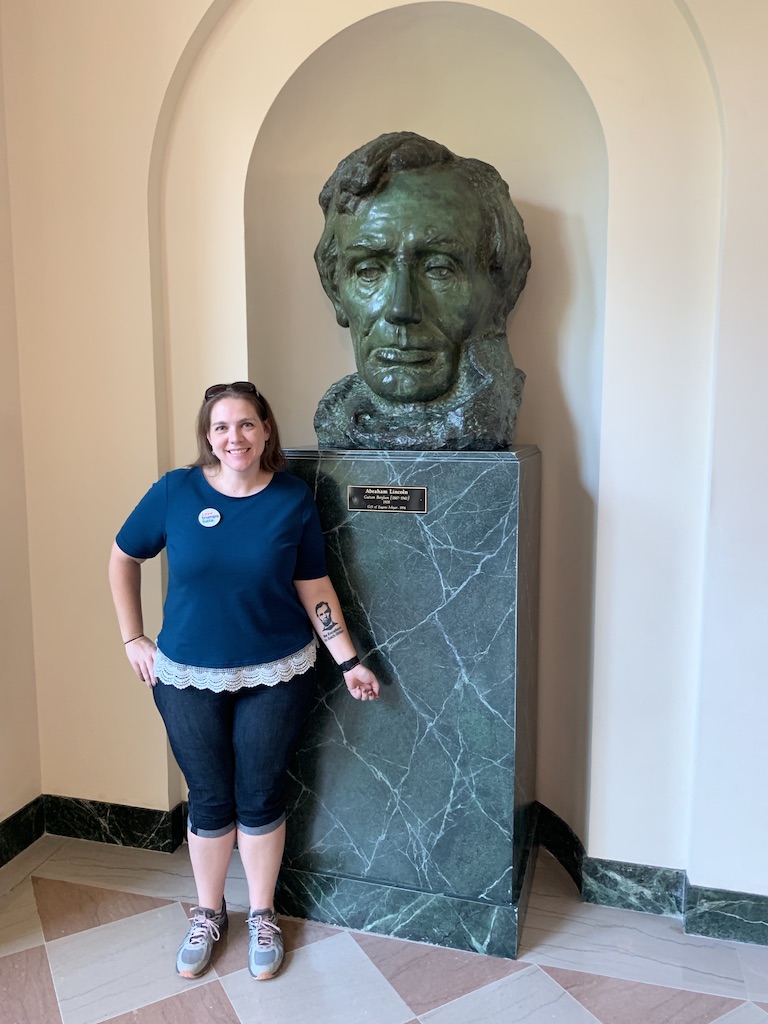
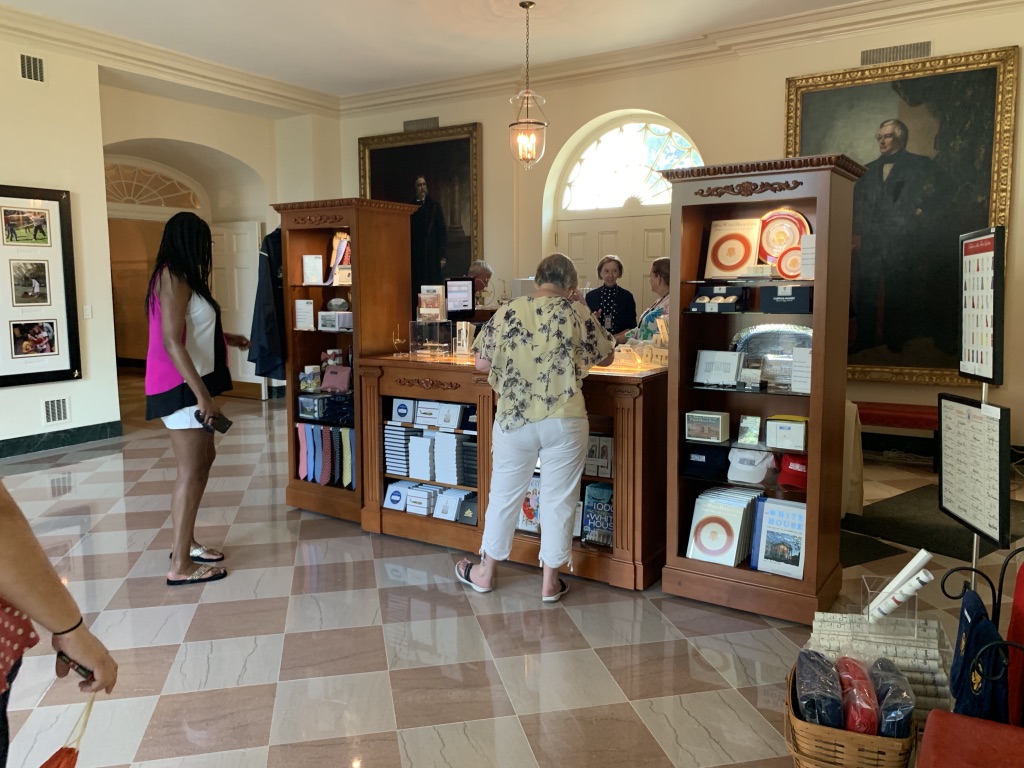
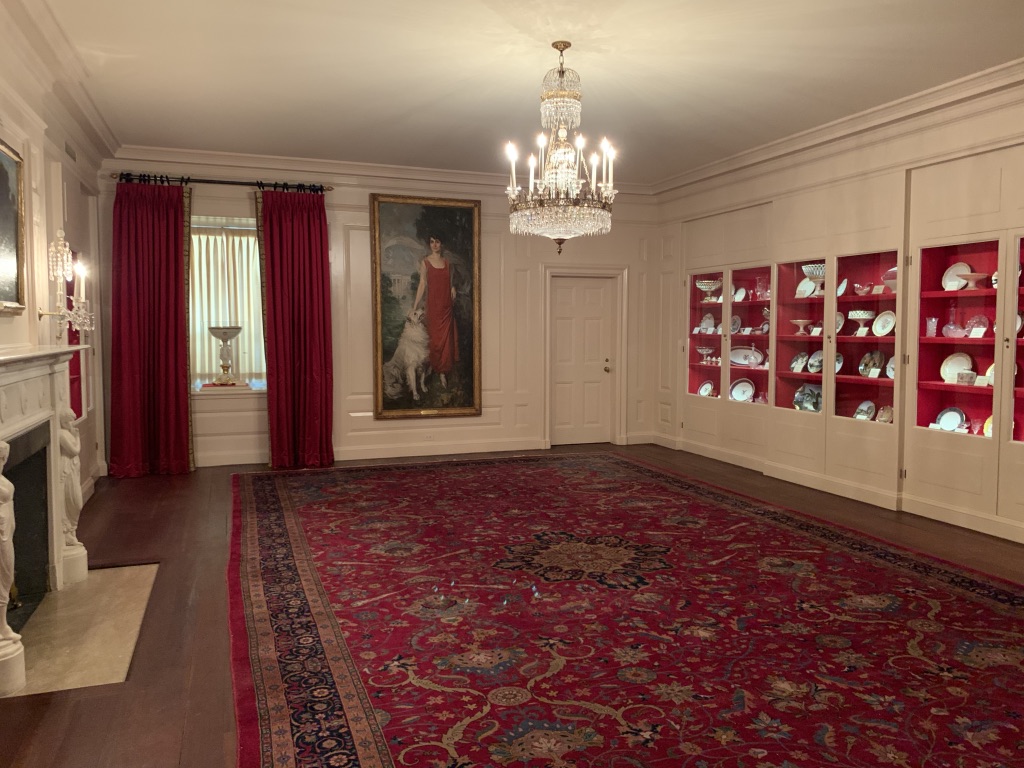
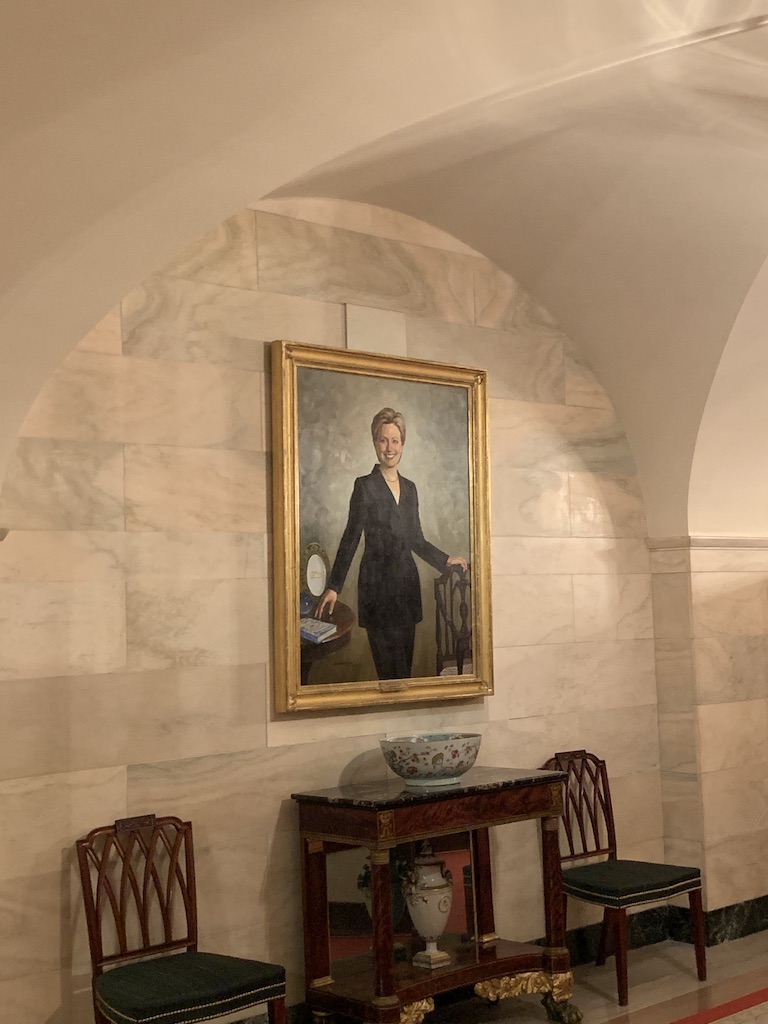
Once you make your way through all the appetizers, you walk up a staircase and are able to finally feast your eyes on the main course: the more famous ceremonial rooms.
The first room is the East Room, the White House’s large event space, or ballroom if you will. It’s used for both fun social events and solemn ceremonies. There are a lot of things that can be said of the history of this room, but here are a few tidbits:
- Richard Nixon loved this room so much that he had a replica of it built at his Presidential Library. It also served the site of Gerald Ford’s 1974 inauguration following Nixon’s resignation.
- The bodies of seven of the eight presidents to die in office lied in repose here (Garfield was the odd man out). Several other funerals and weddings have taken place here.
- The Civil Rights Act, the Camp David Accords, and the INF Treaty were all signed here.
- This is where Obama announced that the US had killed Osama bin Laden.
- In November of 2020, Donald Trump threw an election-night party here despite incumbent Presidential candidates normally hold campaign-related events elsewhere so as not to blur the lines between their official duties and campaign. The election did not succeed in making Trump a two-term President, but the party did succeed in making multiple high-ranking Trump administration officials sick with COVID-19.
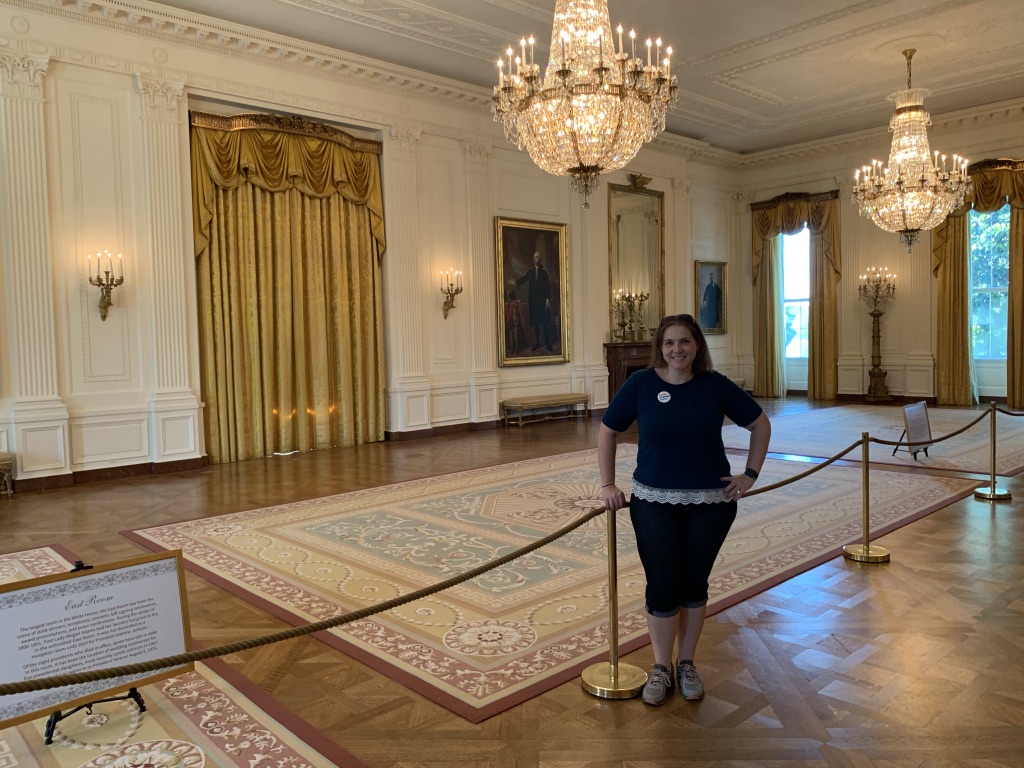
Following the East Room, you make your way through a trio of miscellaneous rooms used for various functions. First is the Green Room, which is green. Last is the Red Room, which is red. And sandwiched in between them is the Blue Room, which is – you guessed it – yellow.
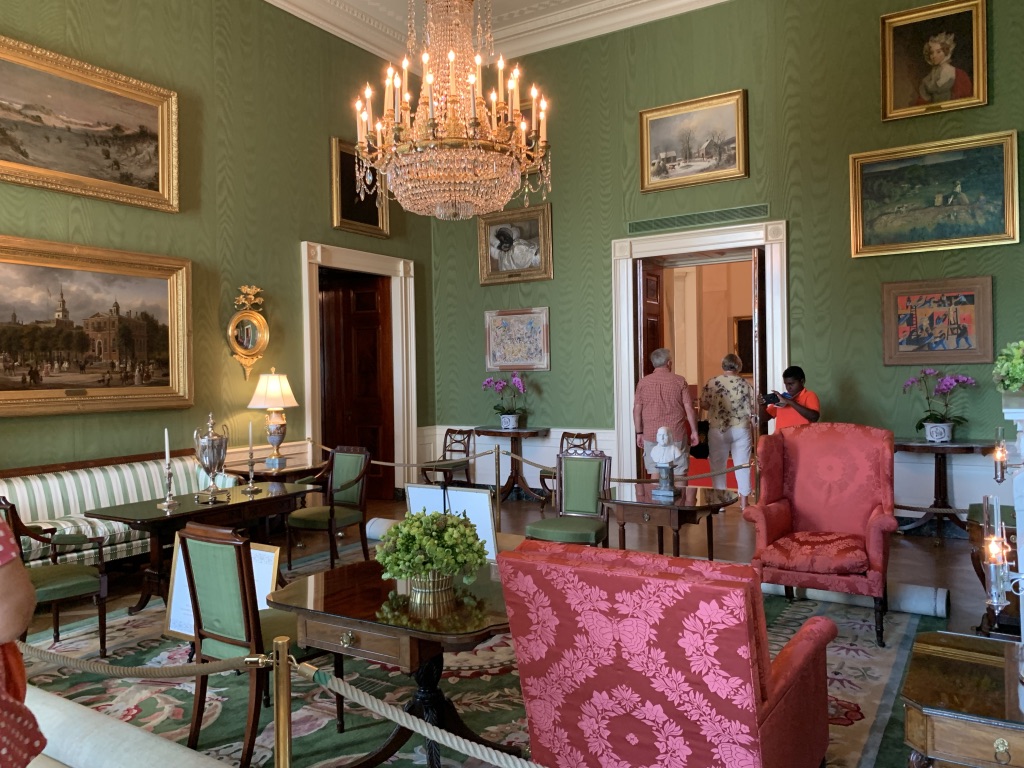
The Green Room has generally served as a sort of parlor over the years, the kind of place someone might host a tea or a small reception. It’s also served as a card room, a dining room, and even a guest bedroom. It’s been green since 1818.
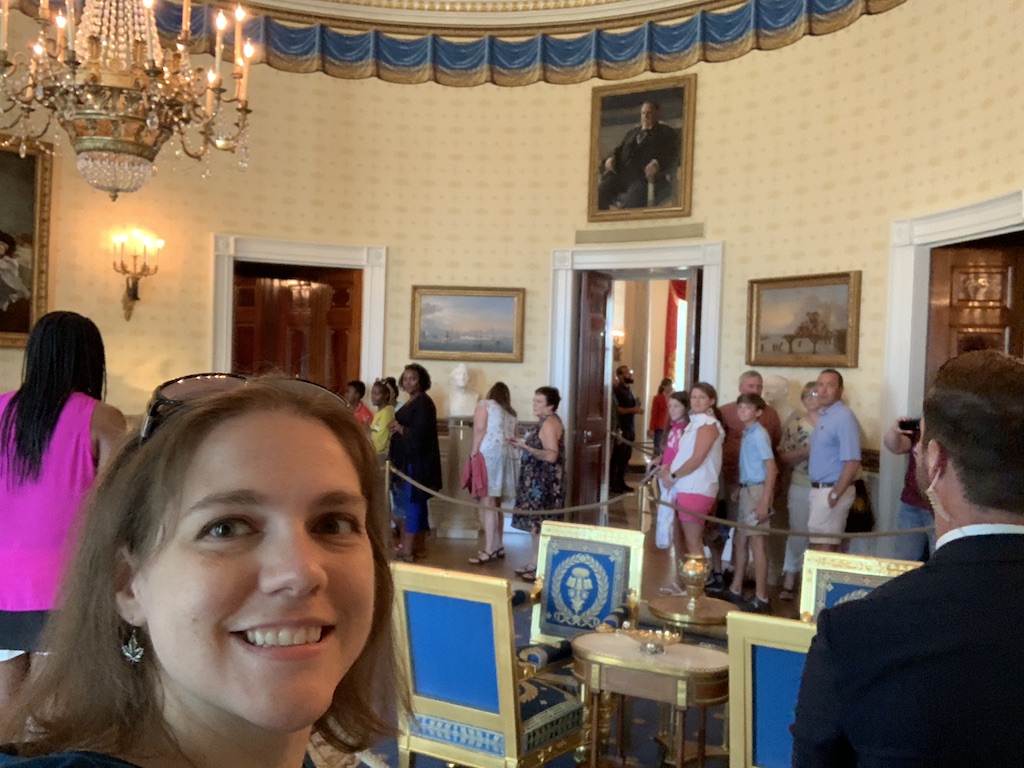
The Blue Room is perhaps the grandest of the three rooms due to its oval shape. It is commonly used for getting diplomats. John Adams used it as an entrance area back when the White House wasn’t quite finished. The room has also been the site of several weddings, including Grover Cleveland’s wedding to his new 21-year-old First Lady, Francis Folsom, in 1886.
The Blue Room has actually been a rainbow of colors over the years. It was decked out in red just in time to be burned down during the War of 1812, and was also red again after it was restored. Andrew Jackson it turned green, but then his successor, Martin Van Buren, at last had it decorated its eponymous blue in 1837. It went through several incarnations of blue decor until 1962, which Jackie Kennedy had the walls covered in cream fabric more akin to the current color scheme.
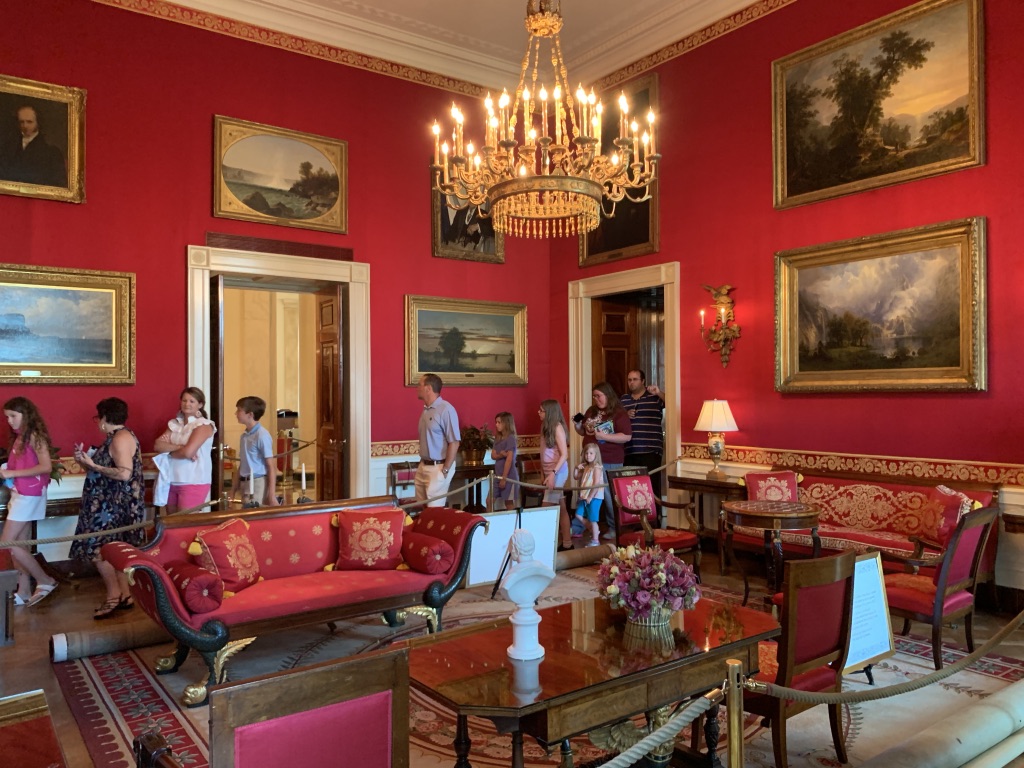
To be continued
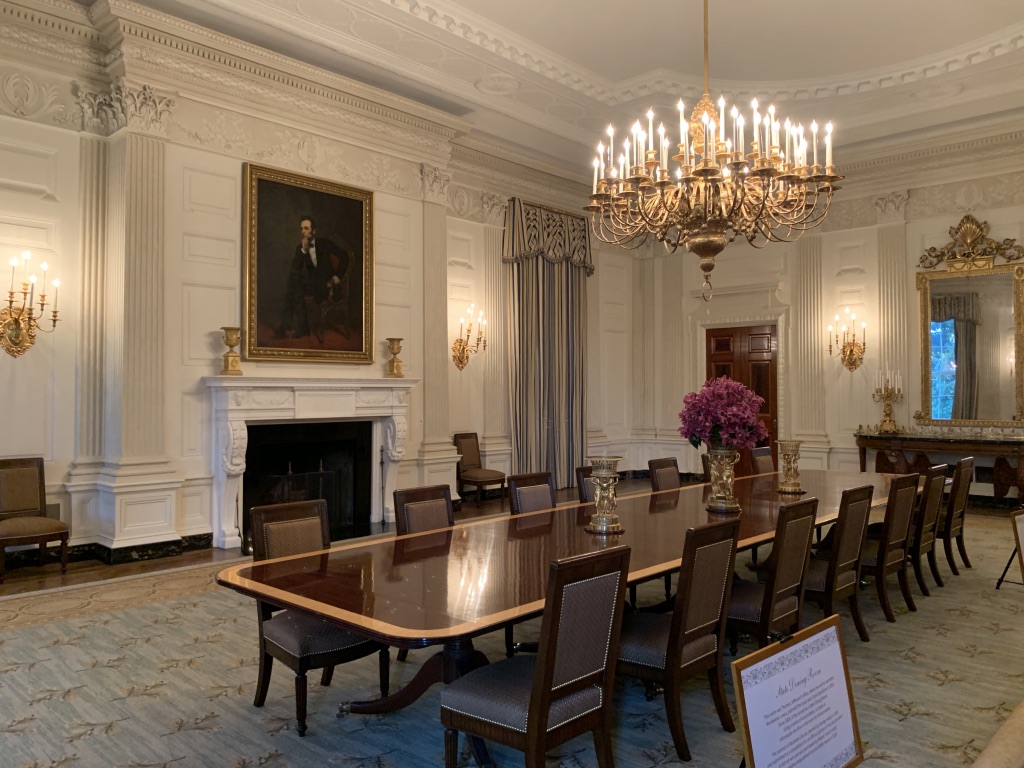
…
